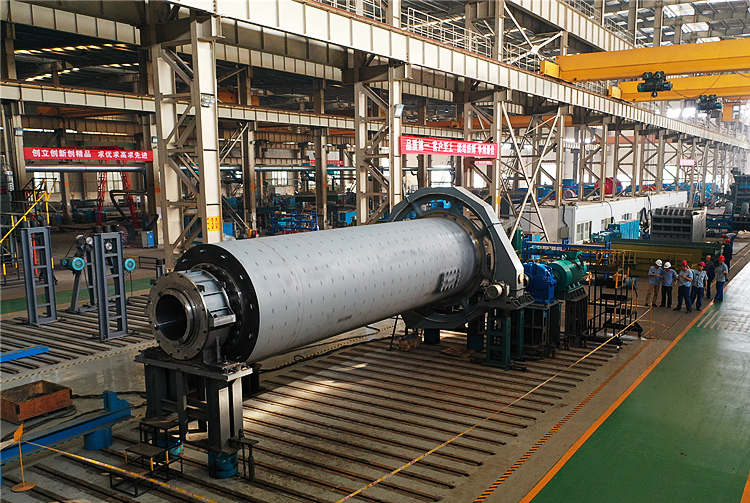Product Knowledge
What Are the Differences between Ball Mill and Rod Mill? How to Choose Between Two Grinding Mill?
author:dahua2 time:2025-05-12
The core difference between ball mill and rod mill
1. Structure and grinding media differences
• Cylinder ratio: The ratio of rod mill cylinder length to diameter is generally 1.5-2.0, while that of ball mill is usually 1 or slightly greater than 1;
• Grinding method: Ball mill uses steel balls (diameter <100mm) to crush by point contact impact, while rod mill uses steel rods (length close to the cylinder) to grind by line contact;
• Speed and motion state: Rod mill has a lower speed, and the steel rods move in a cascading manner; ball mill has a higher speed, and the steel balls are mainly thrown in a falling manner.
2. Working principle and performance comparison
• Particle size control: Rod mill has uniform particle size (1-3mm), less over-crushing, suitable for coarse grinding; ball mill has finer material (0.074-0.4mm), suitable for fine grinding or ultrafine grinding;
• Crushing characteristics: Rod mill has selective crushing effect on ore, protecting crystal structure; ball mill has dispersed crushing force and wider applicability.
3. Energy consumption and maintenance
Rod mills usually consume less energy than ball mills, but their processing capacity is greatly affected by the particle size of the ore;
Ball mill steel balls wear quickly and need to be replenished regularly; rod mill steel rods wear evenly and have a longer maintenance cycle.
Key factors for equipment selection
1. Material characteristics and process requirements
• Coarse grinding scenarios: rod mills are preferred (such as artificial sand, tungsten/tin ore grinding before coarse selection);
• Fine grinding requirements: ball mills (such as cement clinker, second-stage fine grinding of metal ore);
• Over-crushing sensitivity: rod mills are better when the mud content is high or the mineral crystals need to be protected.
2. Balance between economy and efficiency
• Energy consumption sensitivity: rod mills have lower operating costs and are suitable for small and medium-sized production;
• Large-scale continuous operation: ball mills can be combined with grading equipment to form a closed-loop cycle, which is more efficient.
3. Special scenario adaptation
• Materials containing metal impurities: Autogenous mills can avoid steel medium contamination (such as high-purity mineral processing);
• High hardness ores: Ball mills with ceramic liners can reduce wear.
Decision-making Flow Chart
1.Clear target particle size:
• Need 1-3mm coarse particles → rod mill;
• Need <0.4mm fine powder → ball mill.
2.Evaluate ore characteristics:
• Mud content >10% → rod mill to prevent paste grinding;
• Big hardness difference → ball mill has strong adaptability.
3.Comprehensive cost:
• Limited investment budget → rod mill (save 30% cost);
• Long-term high production capacity → ball mill + grading equipment.
Previous Article:No Information
Next Article: Official Commissioning of Andesite Sand and Gravel Aggregate Production Line in Indonesia

.jpg)






